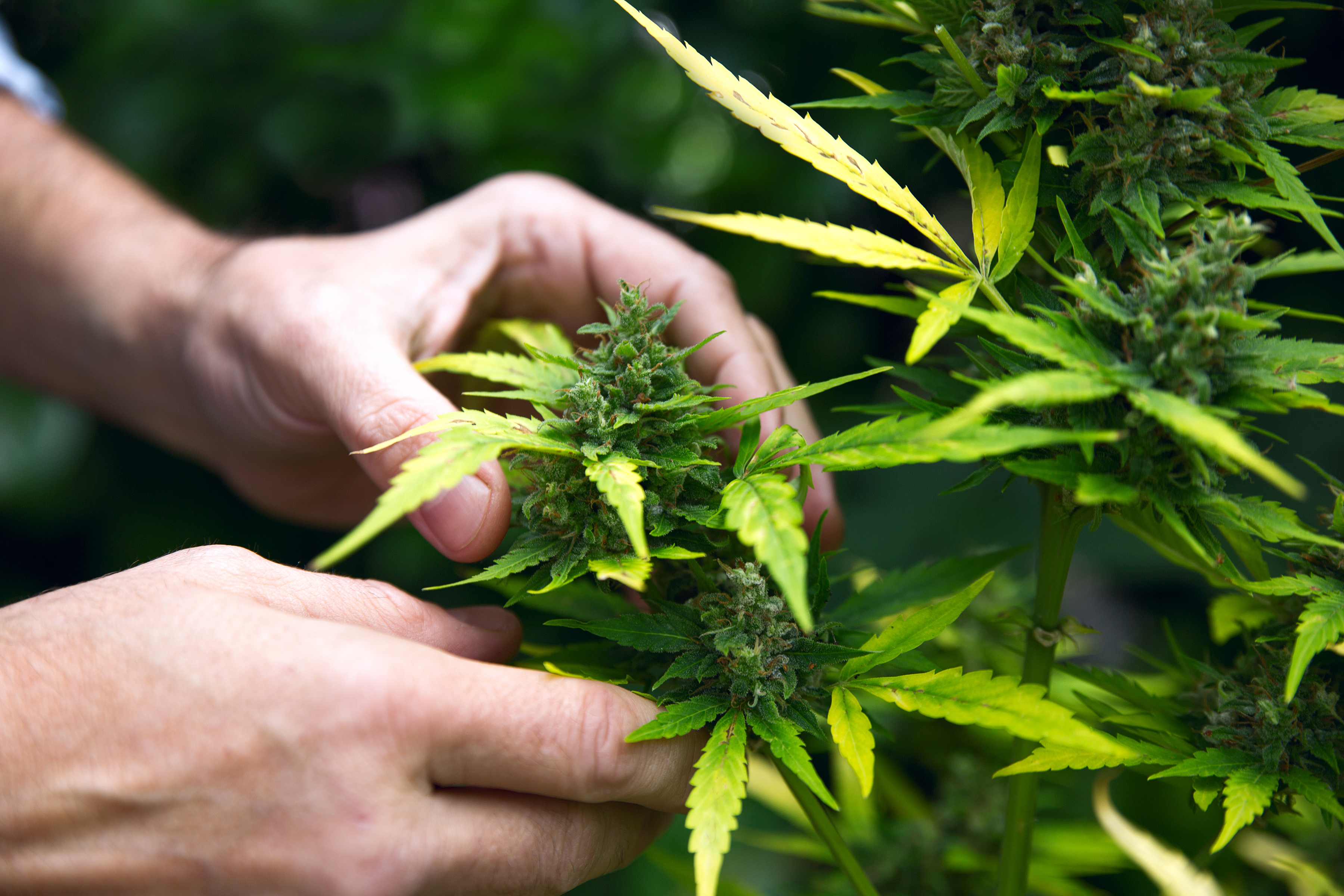New York, NY – Below is analysis from Sheila Vakharia, PhD, Deputy Director of the Drug Policy Alliance’s Department of Research and Academic Engagement, in response to the 2018 National Survey of Drug Use and Health released today by SAMHSA.
Among the findings:
- Youth rates of marijuana use remain mostly unchanged in recent years, while being consistently lower than they were before many states began to legalize medical and adult use.
- Although the number of people with opioid use disorder who received evidence-based treatments such as methadone and buprenorphine increased in 2018, the survey’s findings suggest that only half of the people with opioid use disorder received these treatments at all. When people do not have access to these medications through the healthcare system, they often turn to other sources to self-medicate and manage withdrawal symptoms. Access to methadone and buprenorphine can cut one’s overdose risk in half; in the midst of this overdose crisis it is essential that we double-down our efforts to increase access to these life-saving medications in communities across the country.
- Although there are slight variations in stimulant and opioid use trends, it is difficult to draw too many conclusions about them more broadly. This is mainly because the data does not account for fentanyl—which is the opioid currently driving overdose deaths, and it excludes data on homeless and unstably housed people as well as those who are incarcerated or hospitalized—all populations who use these substances at higher rates than the general population and who continue to be disproportionately impacted by the overdose crisis.
Views: 409











